The strategy for sustainable development of Vietnam's marine economy to 2030, with a vision to 2045, focuses on a number of important tasks, such as: reorganizing seafood exploitation activities towards reducing nearshore exploitation, promoting exploitation in offshore and oceanic areas suitable to each sea area and the resilience of the marine ecosystem, along with synchronous and effective implementation of training and job conversion for fishermen.
 |
| Developing offshore fishing fleets in conjunction with combating IUU is one of the important tasks of the Sustainable Fisheries Development Strategy. Photo: TICH CHU |
According to Deputy Minister Phung Duc Tien, although we have achieved certain results after nearly 4 years of implementing the Fisheries Development Strategy, there are still many bottlenecks that need to be quickly removed if we want to achieve the goals set out in the Strategy. The first bottleneck, according to the Deputy Minister, is the policy of reducing fishing vessels (especially nearshore fishing vessels), and changing occupations for fishermen is still slow and has not brought about the expected results.
“The number of fishing vessels that have converted their occupations is still very low; some conversion models are not very effective, and some models even failed right after being piloted,” the Deputy Minister pointed out. The reason, according to the Deputy Minister, is that the conversion methods and policies are not complete and not suitable to reality, of which coastal fishing is a typical example.
The second bottleneck is marine aquaculture, although the potential and advantages are identified as very large, there are also many difficulties and challenges. Specifically: limitations in law, planning, infrastructure, highly skilled human resources, policies to attract and encourage fishing communities to exploit and switch to marine aquaculture or types of services serving marine aquaculture. In addition, marine conservation and protection of coastal aquatic resources still have many shortcomings, causing the protected water surface area to account for only about 6% of the total water surface area that needs to be preserved. The role of co-management groups for exploitation and protection of coastal aquatic resources has not been promoted, and the number of effective operations is not high. Not to mention the work of registering and inspecting fishing vessels, installing navigation equipment, and combating IUU fishing is still weak and not really synchronized in some localities.
In order for the fisheries industry to develop sustainably in accordance with the goal of the "Strategy for sustainable fisheries development to 2030, vision to 2045", according to the Deputy Minister, it is necessary to revolve around three core pillars: "Reducing exploitation, increasing aquaculture and promoting marine conservation, protecting and developing aquatic resources". Accordingly, exploitation must be associated with anti-IUU work, through reviewing the structure of the fleet and the fishing industry. Focus on registration, inspection, attaching fishing vessel navigation devices and tracing the origin of exploited products. The Deputy Minister further directed: "It is necessary to strengthen marine farming, innovate science and technology, especially post-harvest processing and preservation technology to increase product value and competitiveness in the market".
According to the Director of the Department of Fisheries and Fisheries Control, Tran Dinh Luan, in order to overcome difficulties and challenges to successfully implement the Sustainable Fisheries Development Strategy, reducing the number of coastal fishing vessels and promoting aquaculture is the inevitable way to protect marine resources and develop sustainable livelihoods for fishermen because only when the lives of fishermen are improved day by day, will destructive fishing practices no longer exist in their minds. "Currently, in localities there are good practices and effective models, so it is necessary to have more cooperation from local authorities, so that coastal villages are truly livable places, places where international organizations and investors seek cooperation and business opportunities."
According to the report of the Department of Fisheries and Fisheries Surveillance, the number of fishing vessels in 28 coastal provinces and cities has decreased from 86,820 in 2020 to 82,487 in March 2025. Marine aquaculture has also attracted many domestic and foreign investors interested in participating with many modern technologies and equipment applied to marine aquaculture. The results of the investigation and statistics of the Department of Fisheries and Fisheries Surveillance show that in 2024, the marine aquaculture area nationwide is estimated to reach 9.7 million m3 of cages and 58,000 hectares of water surface for mollusk farming with a total marine aquaculture output estimated at 832,000 tons. |
ACCUMULATE
Source: https://baosoctrang.org.vn/kinh-te/202505/giam-khai-thac-tang-nuoi-trong-6ba5c2f/


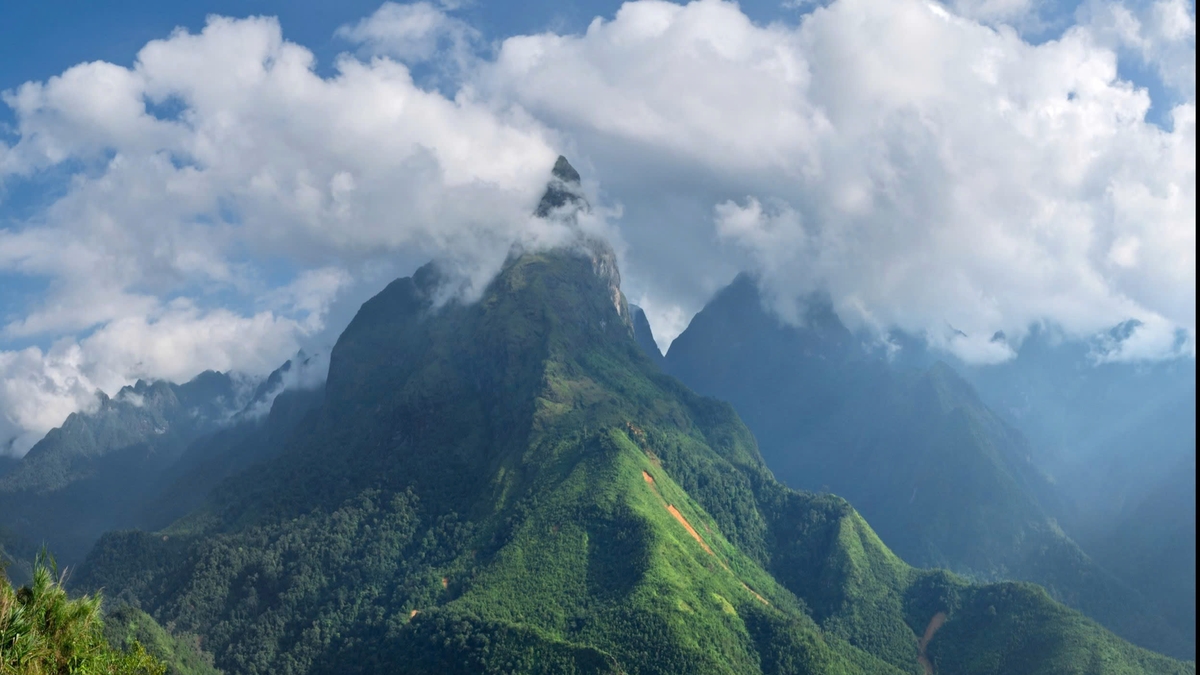

![[Photo] General Secretary To Lam receives Sri Lankan President Anura Kumara Dissanayaka](https://vphoto.vietnam.vn/thumb/1200x675/vietnam/resource/IMAGE/2025/5/4/75feee4ea0c14825819a8b7ad25518d8)
![[Photo] Bus station begins to get crowded welcoming people returning to the capital after 5 days of holiday](https://vphoto.vietnam.vn/thumb/1200x675/vietnam/resource/IMAGE/2025/5/4/c3b37b336a0a450a983a0b09188c2fe6)

![[Photo] Vietnam shines at Paris International Fair 2025 with cultural and culinary colors](https://vphoto.vietnam.vn/thumb/1200x675/vietnam/resource/IMAGE/2025/5/4/74b16c2a197a42eb97597414009d4eb8)










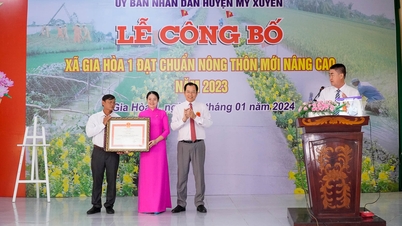
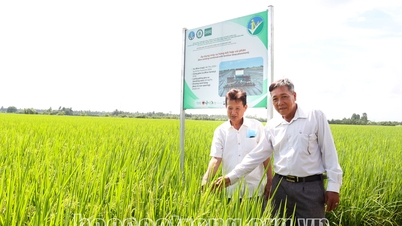


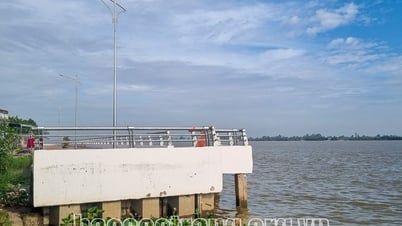


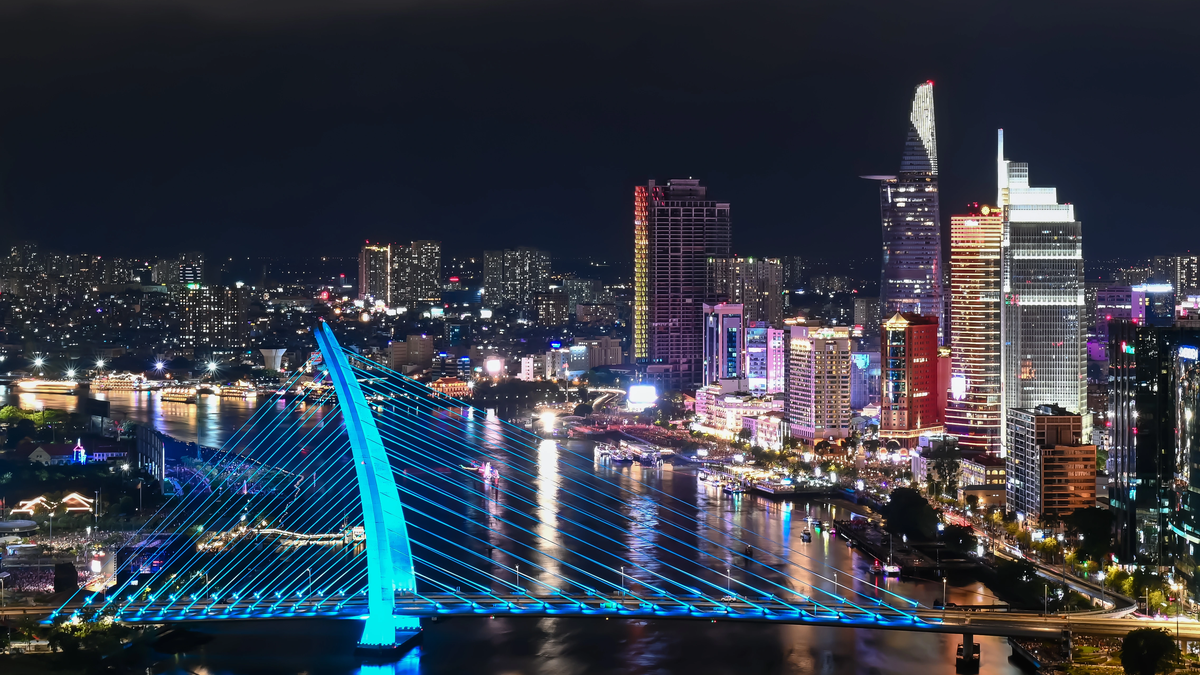


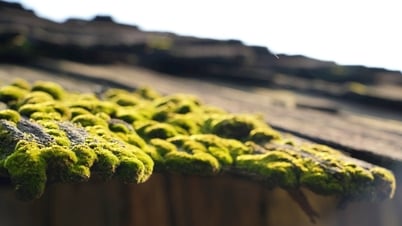





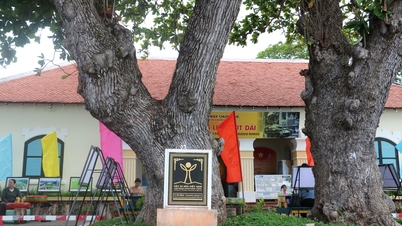

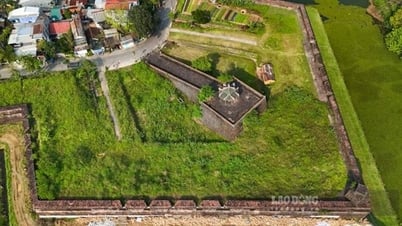

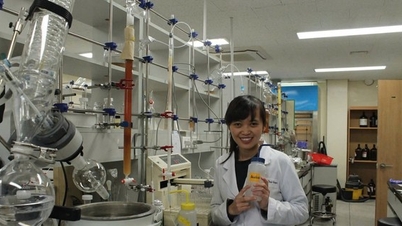


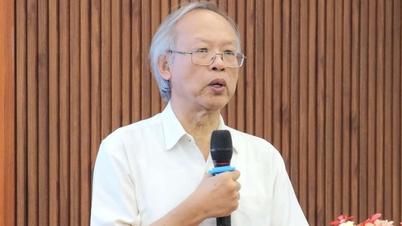


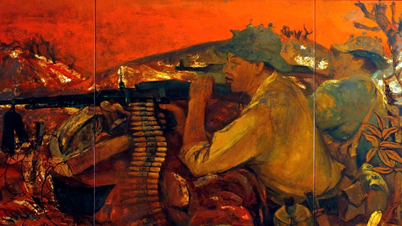



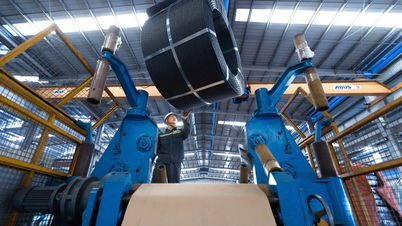

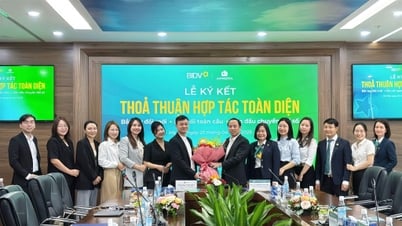

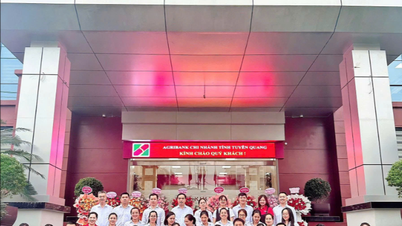


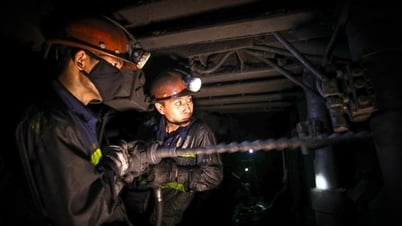



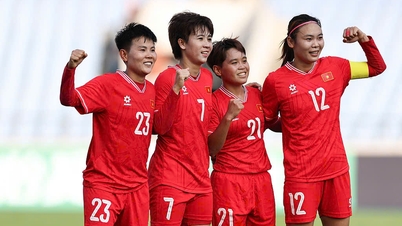










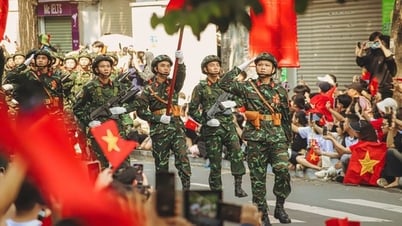

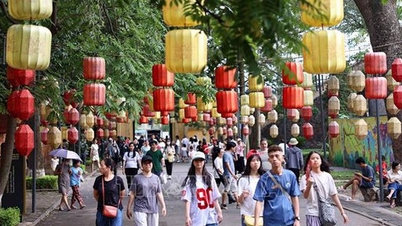
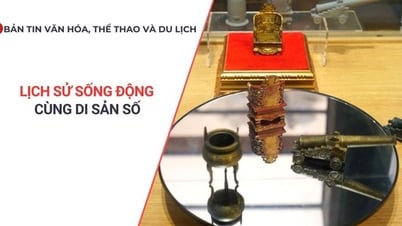


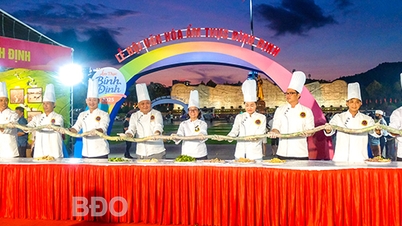











![[Video]. Building OCOP products based on local strengths](https://vphoto.vietnam.vn/thumb/402x226/vietnam/resource/IMAGE/2025/5/3/61677e8b3a364110b271e7b15ed91b3f)

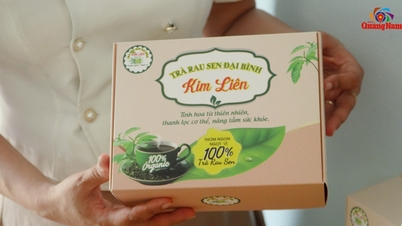


Comment (0)